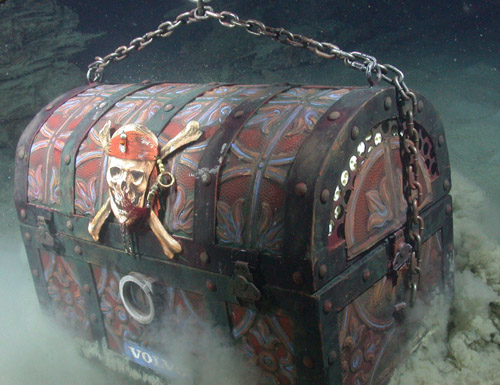 Somali looters seize one ship after another, drawing the attention of people to the sea robbery no less than the sensational film trilogy “ The Pirates of the Caribbean”. And if the journey to the territorial waters of Somalia can be a life-threatening adventure, a plunge into the atmosphere of life of the pirates of XVII-XVIII centuries is succeeded in a more pleasant way – by going to one of the Caribbean islands.
Somali looters seize one ship after another, drawing the attention of people to the sea robbery no less than the sensational film trilogy “ The Pirates of the Caribbean”. And if the journey to the territorial waters of Somalia can be a life-threatening adventure, a plunge into the atmosphere of life of the pirates of XVII-XVIII centuries is succeeded in a more pleasant way – by going to one of the Caribbean islands.
Many major and smaller ports of those places have for two centuries served as a base for numerous pirate crews, who felt in complete safety there. Local residents by no means opposed to the neighborhood because the benefits were obvious. After selling the loot to merchants, pirates then squandered the received money in a port tavern, and it eventually brought enormous profits to those who dared to join in a business relationship with the sea robbers.
The Caribbean island of Dominica would have remained an unknown location in the ocean, if not the trilogy “The Pirates of the Caribbean”, which attracted many tourists here, each of whom wants to visit the Pirates’ Soul Museum, watch reality shows on the pirate theme, and go to places where the film was shot. However the true corsair spirit dwells not in Dominica, but in other islands, less popular among tourists looking for adventure travel.
Tortuga, Haiti
In the first film of the Pirates of the Caribbean, it was in this town that Jack Sparrow and Will Turner hired people in their marine team. And indeed, thanks to the French governor, the former privateer Jean Le Vasseur, for 20 years it was a silent capital of piracy. Building on the French money a fortress to protect the harbour, Le Vasseur ceased all contact with his homeland, welcoming in the port ships under pirate flags. To return the island under the jurisdiction of France, was possible only in 1665, after appointing a new governor, who, incidentally, also respected the corsairs, considering them the best protection for his domains.
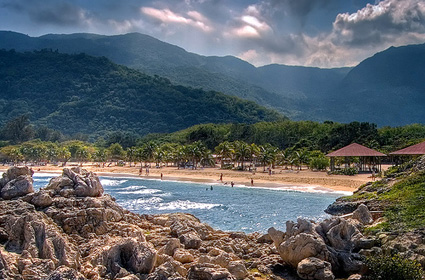
Port Royal, Jamaica
This “the most sinful city in the world”, is named so after the part of pirates from the island of Tortuga shifted to it, and was also honoured to be shown in one of the films of the “Pirates of the Caribbean”. This is the place where Jack Sparrow was imprisoned, and Will Turner afterwards released him. In real life the island was home to filibusters, who with the blessing of the British Government plundered the French and Spanish ships sailing by. Thanks to loot the city was expanding and grew rich until a large earthquake in 1692, that claimed the lives of thousands of people, and most of the island had gone under water.
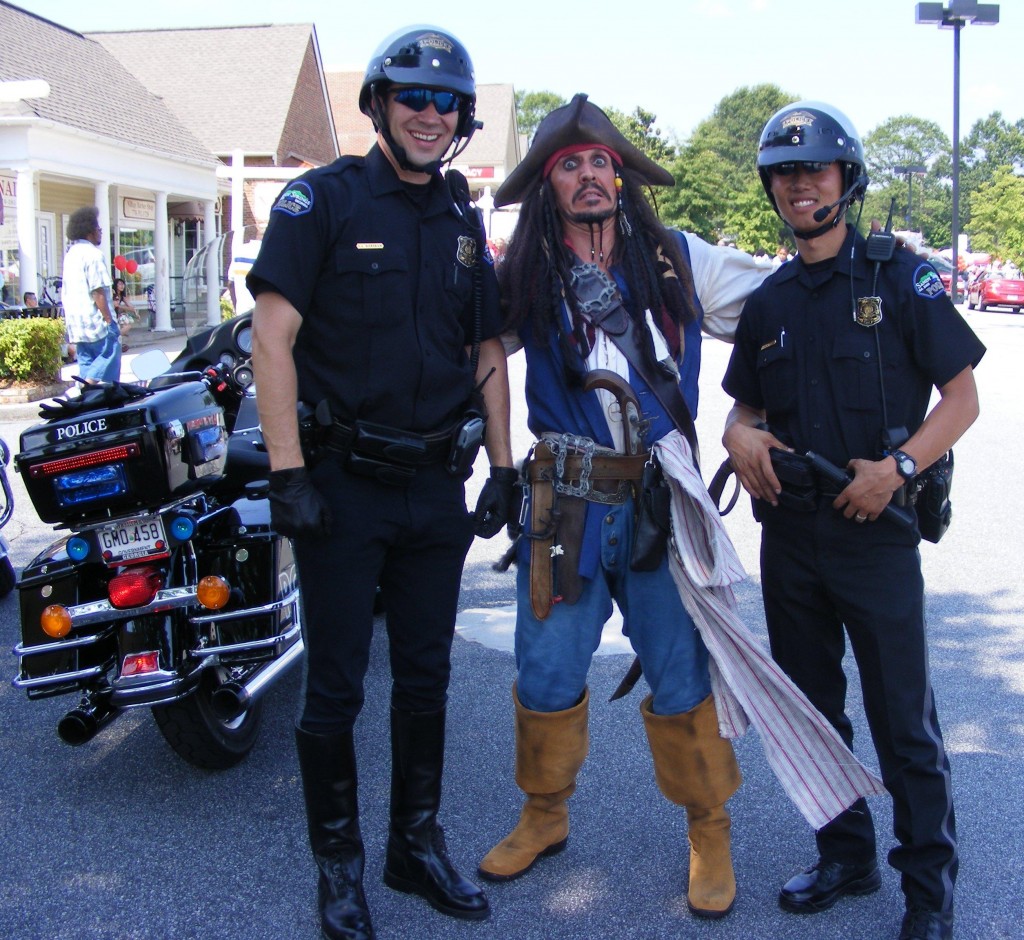
Curacao, Netherlands Antilles
The first settlers on the island were Spaniards, landed here in search of treasures. However, they soon abandoned it because of the lack of water. The Dutch, who appeared here in the middle of the XVI century, were less fussy and started the cultivation of fruits, nuts and corn, as well as the production of salt. They successfully exchanged the fruits of their activities with pirates who often sailed here, and this served as an excellent source of economic growth and financial well-being.
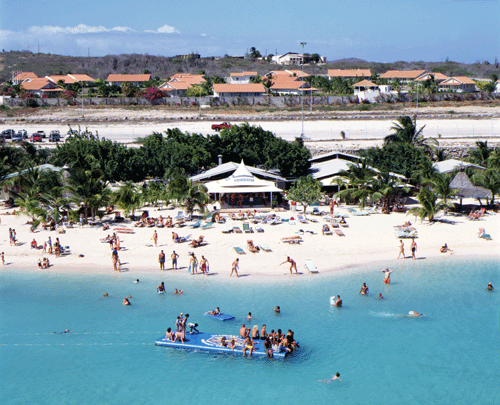
Roatan, Honduras
The island was a haven for thousands of corsairs throughout the XVII century. Legendary pirates from the island of Hispaniola, Henry Morgan and Lorenz Graff often came here. The main preys of the local filibusters were Spanish ships with a cargo of porcelain from Asia and Peruvian silver. They say that in 1960 a part of the treasure of Henry Morgan was found here. But there are rumours that it was only a fraction of what actually hid in the island the world famous pirate.
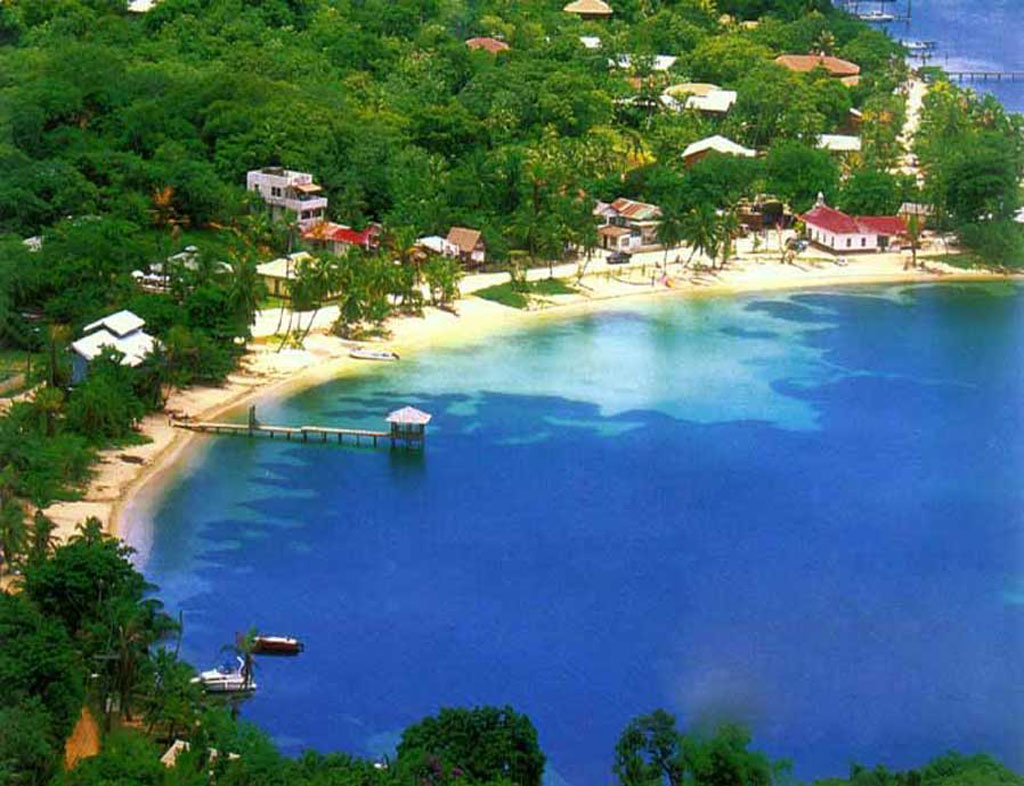
Cayman Islands
The islands are obliged for their discovery to the pirate Francis Drake, who acted on behalf of the British Crown. Thanks to living here in abundance sea turtles, whose meat seemed to Englishmen exceptionally tasty, the archipelago rapidly developed into a food port for the vessels sailing by. The first settlers on the island were often subjected to attacks by the Spanish privateers, but it did not last long, as the Cayman Islands soon became the bulwark of British freebooters, and remained so until the prohibition of privateering in 1713.
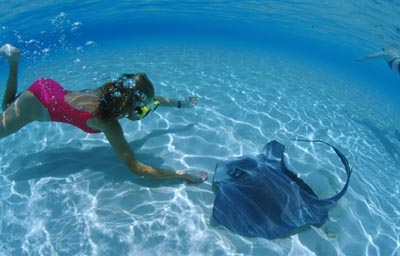
Nassau, New Providence, Bahamas
During the “Golden Age” (1690-1730), pirates turned the once-poor village in the Bahamas to the capital of their pirate republic. The most famous of its inhabitants was the English freebooter Edward Teach, nicknamed “Black Beard”, who was famous for his ferocity and cunning. He later served as the prototype of Captain Flint in the novel of Stevenson “The Treasure Island”. Since the existence of such a stronghold of piracy was contrary to the interests of the British Crown, in 1725 the former privateer Woods Rogers was sent to the island in order to dislodge the sea robbers. He completed the task successfully, thus, in fact, putting an end to the “Golden Age” of Caribbean piracy.
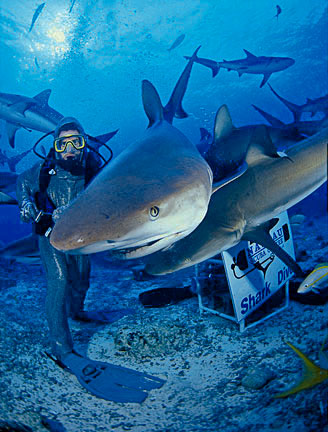
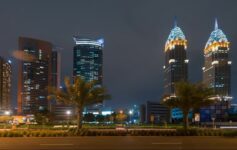


very nice photos of Honduras
Excellent photograph of the bay in Rotan Honduras. We are promoting tourism to Central and South America for resident of the UK.